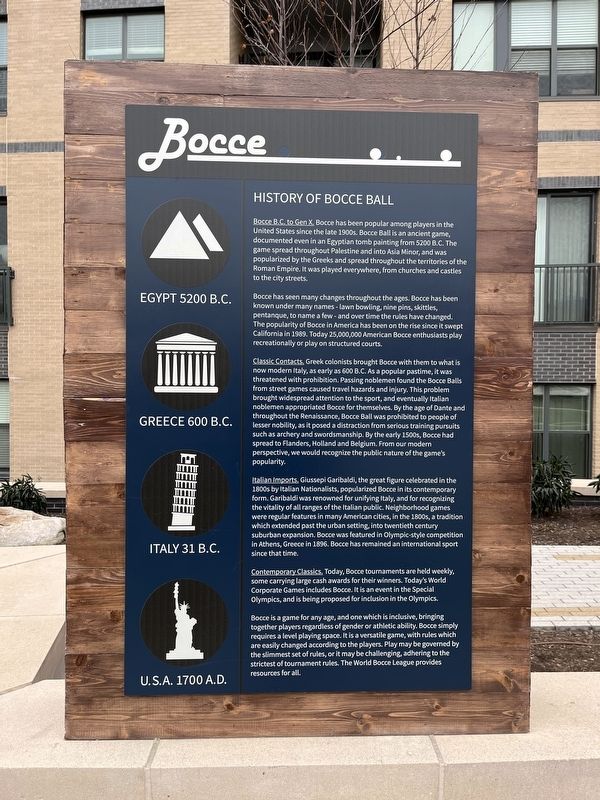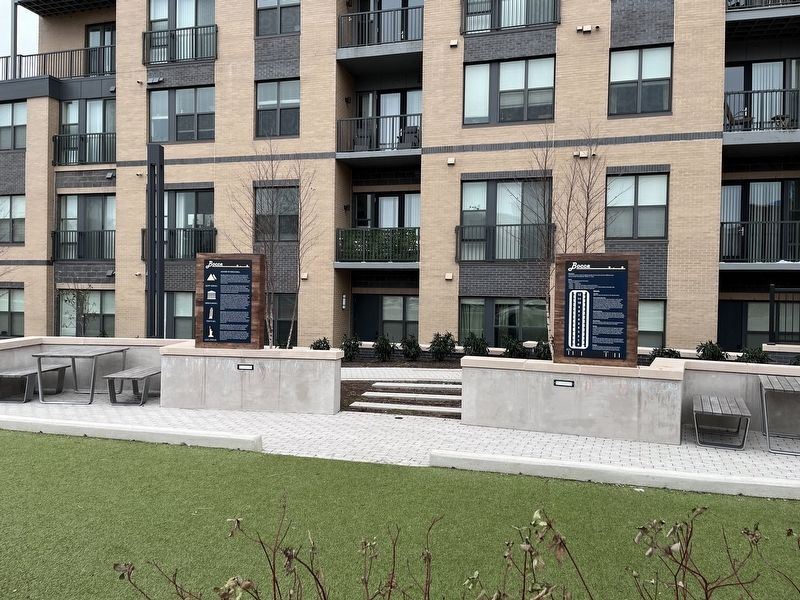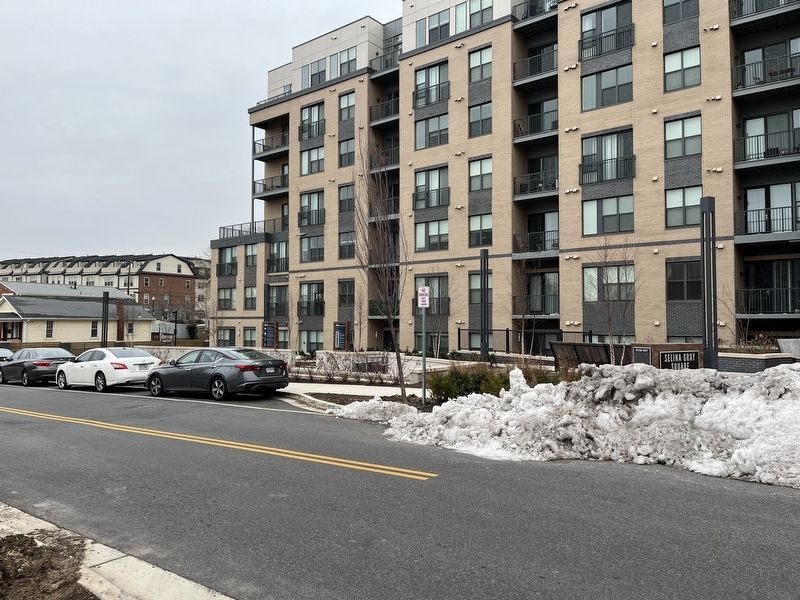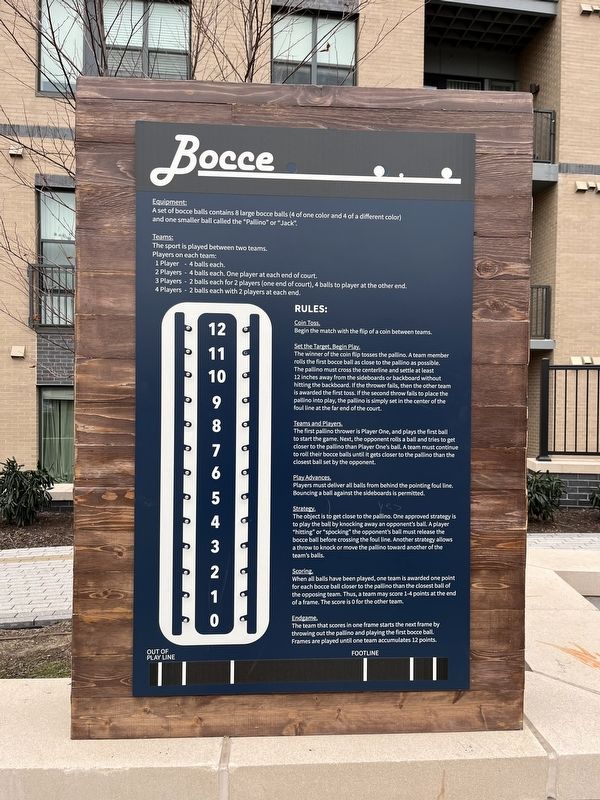Columbia Heights in Arlington in Arlington County, Virginia — The American South (Mid-Atlantic)
History of Bocce Ball
Bocce
Bocce B.C. to Gen X. Bocce has been popular among players in the United States since the late 1900s. Bocce Ball is an ancient game, documented even in an Egyptian tomb painting from 5200 B.C. The game spread throughout Palestine and into Asia Minor, and was popularized by the Greeks and spread throughout the territories of the Roman Empire. It was played everywhere, from churches and castles to the city streets.
Bocce has seen many changes throughout the ages. Bocce has been known under many names — lawn bowling, nine pins, skittles, pentanque, to name a few — and over time the rules have changed. The popularity of Bocce in America has been on the ride since it swept California in 1989. Today, 25,000,000 American Bocce enthusiasts play recreationally or play on structured courts.
Classic Contacts. Greek colonists brought Bocce with them to what is now modern Italy, as early as 600 B.C. As a popular pastime, it was threatened with prohibition. Passing noblemen found the Bocce Balls from street games caused travel hazards and injury. This problem brought widespread attention to the sport, and eventually Italian noblemen appropriated Bocce for themselves. By the age of Dante and throughout the Renaissance, Bocce Ball was prohibited to people of lesser nobility, as it posed a distraction from serious training pursuits such as archery and swordsmanship. By the early 1500s, Bocce had spread to Flanders, Holland and Belgium. From our modern perspective, we would recognize the public nature of the game's popularity.
Italian Imports. Giussepi Garibaldi, the great figure celebrated in the 1800s by Italian Nationalists, popularized Bocce in its contemporary form. Garibaldi was renowned for unifying Italy, and for recognizing the vitality of all ranges by the Italian public. Neighborhood games were regular features in many American cities, in the 1800s, a tradition which extended past the urban setting, into twentieth century suburban expansion. Bocce was featured in Olympic-style competition in Athens, Greece in 1896. Bocce has remained an international sport since that time.
Contemporary Classics. Today, Bocce tournaments are held weekly, some carrying large cash awards for their winners. Today's World Corporate Games includes Bocce. It is an event in the Special Olympics, and is being produced for inclusion in the Olympics.
Bocce is a game for any age, and one which is inclusive, bringing together players regardless of gender or athletic ability. Bocce simply requires a level of playing space. It is a versatile game, with rules which are easily changed according to the players. Play may be governed by the slimmest set of rules, or it
Topics. This historical marker is listed in this topic list: Sports.
Location. 38° 51.796′ N, 77° 4.537′ W. Marker is in Arlington, Virginia, in Arlington County. It is in Columbia Heights. Marker is on 12th Street South just east of South Ross Street, on the right when traveling east. Touch for map. Marker is at or near this postal address: 1201 S Ross St, Arlington VA 22204, United States of America. Touch for directions.
Other nearby markers. At least 8 other markers are within walking distance of this marker. Selina Gray (a few steps from this marker); George Washington Carver Cooperative Apartments (about 500 feet away, measured in a direct line); Albert I. Cassell (about 500 feet away); Harry W. Gray House (about 700 feet away); St. John's Baptist Church (approx. 0.2 miles away); Site of Arlington Chapel (approx. 0.3 miles away); The Arlington Radio Towers (approx. 0.4 miles away); Fort Richardson (approx. 0.4 miles away). Touch for a list and map of all markers in Arlington.
Credits. This page was last revised on February 1, 2023. It was originally submitted on January 16, 2022, by Devry Becker Jones of Washington, District of Columbia. This page has been viewed 361 times since then and 59 times this year. Photos: 1, 2, 3, 4. submitted on January 16, 2022, by Devry Becker Jones of Washington, District of Columbia.



